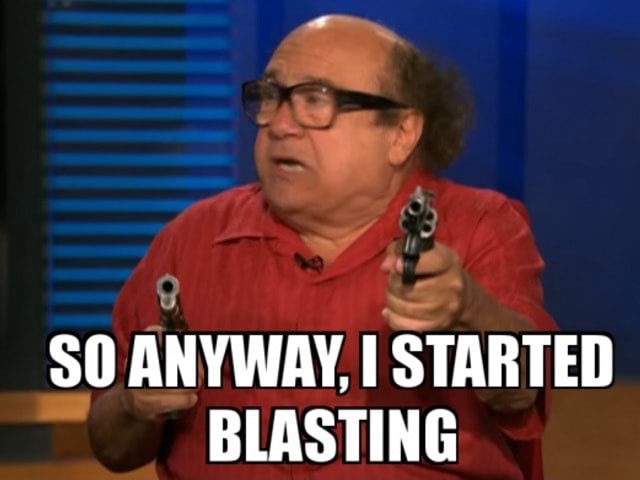Draugoth
Gold Member


‘The Last of Us’ Season 2 Will Have ‘A Lot More Infected,’ Creators Address Complaints About Lack of Action
'The Last of Us' creators tease more infected and address the complaints about the lack of action in Season 1
For a show about a post-apocalyptic world torn apart by a deadly fungus that creates zombie-like creatures, there weren't a whole lot of zombies in the final episodes of "The Last of Us." Series creators Craig Mazin and Neil Druckmann have seen the complaints about the infrequent zombie mayhem in the HBO drama series, but fans can rest assured that Season 2 will have "a lot more infected."
"Ultimately, we generally stressed the power of relationships and trying to find significance within moments of action," Mazin told reporters during a virtual press conference for "The Last of Us" last week. "And so there may be less action than some people wanted because we couldn't necessarily find significance for quite a bit of it, or [there was] concern that it would be repetitive. After all, you're not playing it, you're watching it. And although a lot of people do like to watch gameplay, it needs to be a little more focused and purposeful when we're putting it on TV."
The Season 1 finale featured some shocking moments of violence from Joel (Pedro Pascal), as he and Ellie (Bella Ramsey) arrive at the hospital in Salt Lake City and are captured by Fireflies. Their leader Marlene (Merle Dandridge) explains that it's possible to synthesize a cordyceps cure from Ellie's immunity, except it requires fatal brain surgery. Unable to accept the loss of his pseudo-daughter, Joel goes on a massacre, killing every soldier, the doctor about to perform Ellie's surgery and Marlene. He drives Ellie back to the Jackson settlement and lies to her about what happened. The final shot ends on Ellie — who desperately wanted their perilous journey and tragic losses to mean something — unsure whether or not to believe Joel.
The original "The Last of Us" video game let players shoot, stab, dismember and bludgeon a variety of humans and infected clickers with a host of weapons — including, but not limited, to shotguns, sniper rifles, flamethrowers, baseball bats, bombs and bricks. It was lauded for its long levels filled with intense, visceral gameplay and a deeply emotional plot. "The Last of Us" video game's story has translated well to the HBO series, but some viewers had been hoping for more than just short bursts of action scenes spread across several episodes.
"Part of the adaptation process is trying to figure out how to take source material that was built around gameplay, and port it over to a medium that is passive," Mazin said. "A lot of the gameplay is centered on [non-playable characters] that you have to get around, avoid, stealth kill or just confront head on. The NPCs were either raiders, cannibals, FEDRA or the infected. So there's a lot of fighting. I don't know what your ultimate kill count is on a typical run of 'The Last of Us,' but it's in the triple digits for sure."
"It's much higher than we would want for the show," Druckmann added. As the co-director and writer of the original "Last of Us" game, he injected a healthy dose of action set pieces and heart-stopping fights with infected clickers to keep gamers constantly engaged. For the TV show, if an action scene "doesn't move character, and it was only there for spectacle, it was an easy cut for us."
The show was renewed at the end of January, after only a few episodes had aired, and the ratings for the show — a huge hit for HBO out of the gate — have grown throughout the season. "There is more 'The Last of Us' to come," Mazin teased. "It's quite possible that there will be a lot more infected later. And perhaps different kinds."



:max_bytes(150000):strip_icc()/The-Last-of-Us-030923_1-332285cf29b34a268bef03e0ab460fa5.jpg)